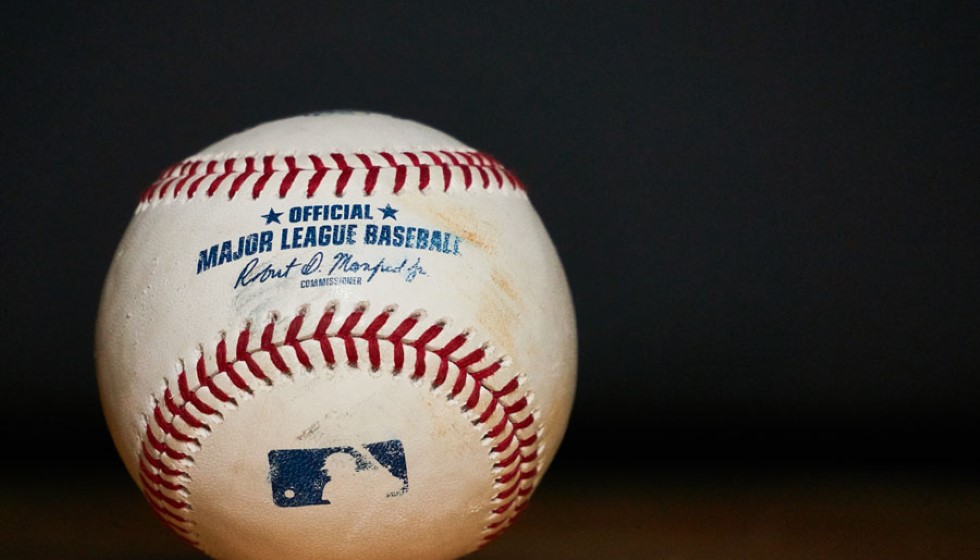
Juan Soto Signs Historic Deal with the New York Mets
The landscape of Major League Baseball has shifted dramatically with Juan Soto's monumental deal with the New York Mets. Soto has agreed to a 15-year contract valued at a staggering $765 million, making it the most lucrative agreement in the history of the league. This deal eclipses the previous record held by Shohei Ohtani, who earlier secured a $700 million, 10-year contract with the Los Angeles Dodgers.
This wave of massive contracts reflects a growing trend in MLB, where top-tier talents command unprecedented financial commitments. Within the last three offseasons, three out of the five richest contracts in MLB history have come to fruition, underscoring the sport’s evolving economic landscape and teams’ willingness to invest heavily in securing premier players for the long haul.
Big Deals, Bigger Expectations
Among these lucrative agreements, further examples include Mike Trout's $426.5 million, 12-year deal with the Los Angeles Angels, and Mookie Betts' $365 million, 12-year contract with the Dodgers. Meanwhile, Aaron Judge's nine-year tenure with the New York Yankees comes with a $360 million price tag. Such deals highlight an era of significant financial commitment from franchises aiming to build dynasties rather than transient success.
These staggering numbers not only elevate individual players into an elite financial stratosphere but also set a new benchmark for future negotiations. Players like Gunnar Henderson, Vladimir Guerrero Jr., Kyle Tucker, and Paul Skenes are on the trajectory to hit the free-agent market in the coming years, all with the potential to leverage Soto's colossal contract in their negotiations. Meanwhile, Adley Rutschman, projected to become a free agent following the 2027 season, has already made noteworthy strides since debuting in 2022, with an impressive 13.1 Wins Above Replacement (WAR), tied for the lead among full-time catchers alongside J.T. Realmuto of the Philadelphia Phillies.
The Future of MLB Contracts
With such financial commitments on the increase, the implications for team strategy across MLB are profound. The willingness of organizations to invest heavily in securing and retaining premier talents reflects a broader industry trend towards rewarding excellence, both offensive and defensive, while nurturing the potentials among younger players. Close observations will be kept on the future contracts potentially involving younger stars like Rutschman and others who are poised to potentially reset or at least challenge the financial thresholds set by Soto.
As the 2028 offseason approaches, expectations are ripe with anticipation. Gunnar Henderson is set to enter the free agent pool then, likely to follow the financial precedents established by Soto, Ohtani, and others as teams vie to secure the services of emerging stars capable of transforming franchises. Vladimir Guerrero Jr. and Kyle Tucker will reach the market after the 2025 season, and teams will no doubt employ Soto's historic deal as a framework for future mega-contract negotiations.
Conclusion
In MLB's current climate, where blockbuster deals have become almost a standard operating procedure for pursuing championship aspirations, Juan Soto’s record-setting contract with the New York Mets has created a formidable new high that will undoubtedly influence the future of player contracts. As the league braces for forthcoming free agency periods, the precedence of such deals will serve both as an inspiration and a cautionary tale regarding the long-term implications for teams, players, and the league's economic ecosystem as a whole.